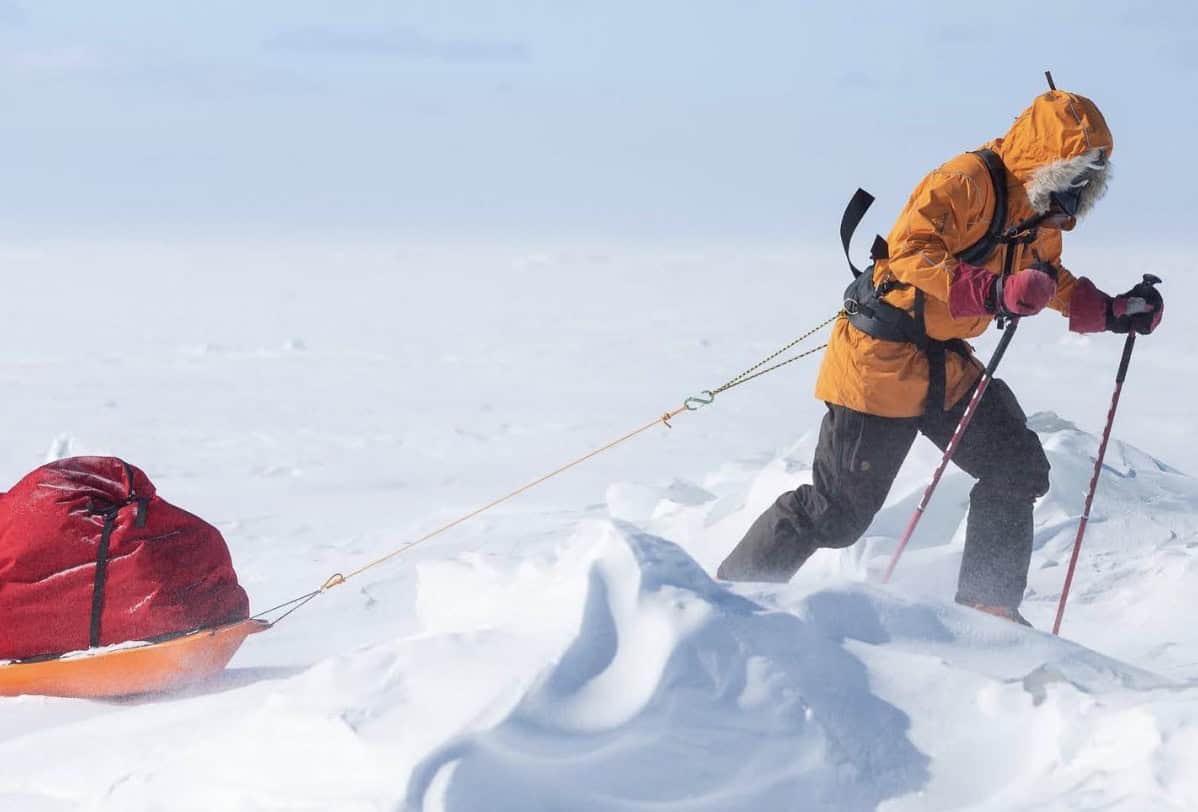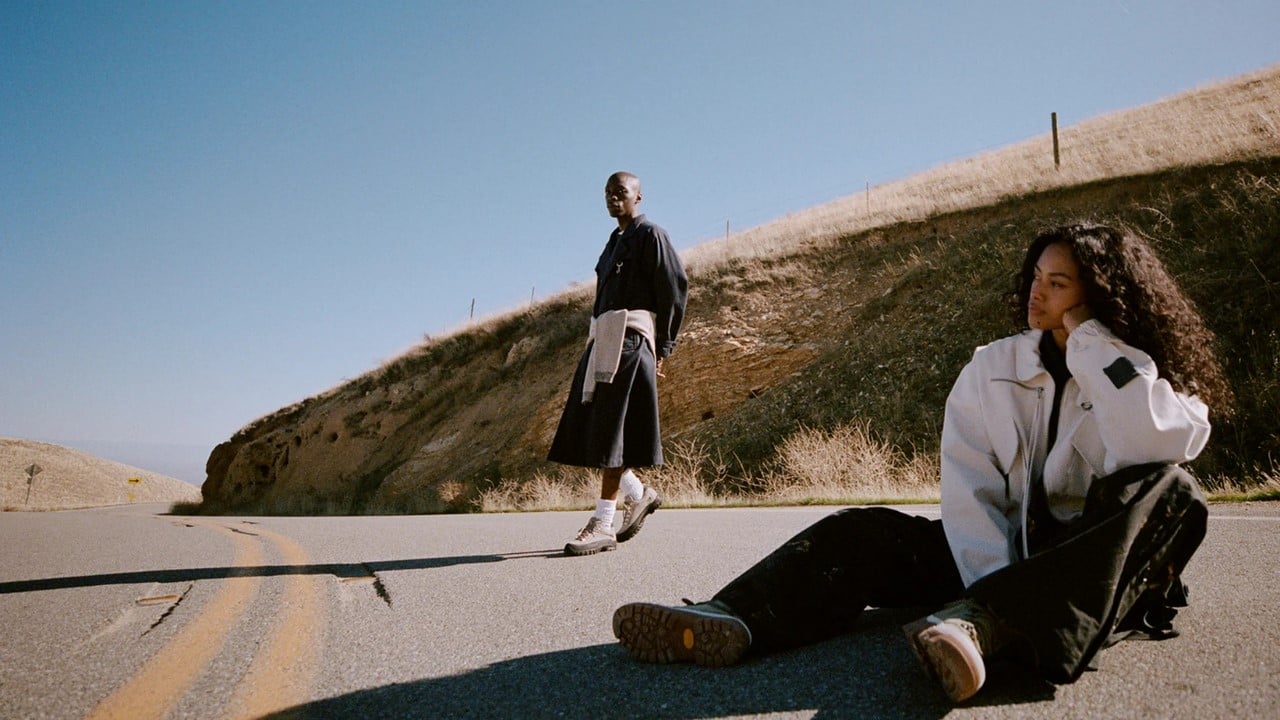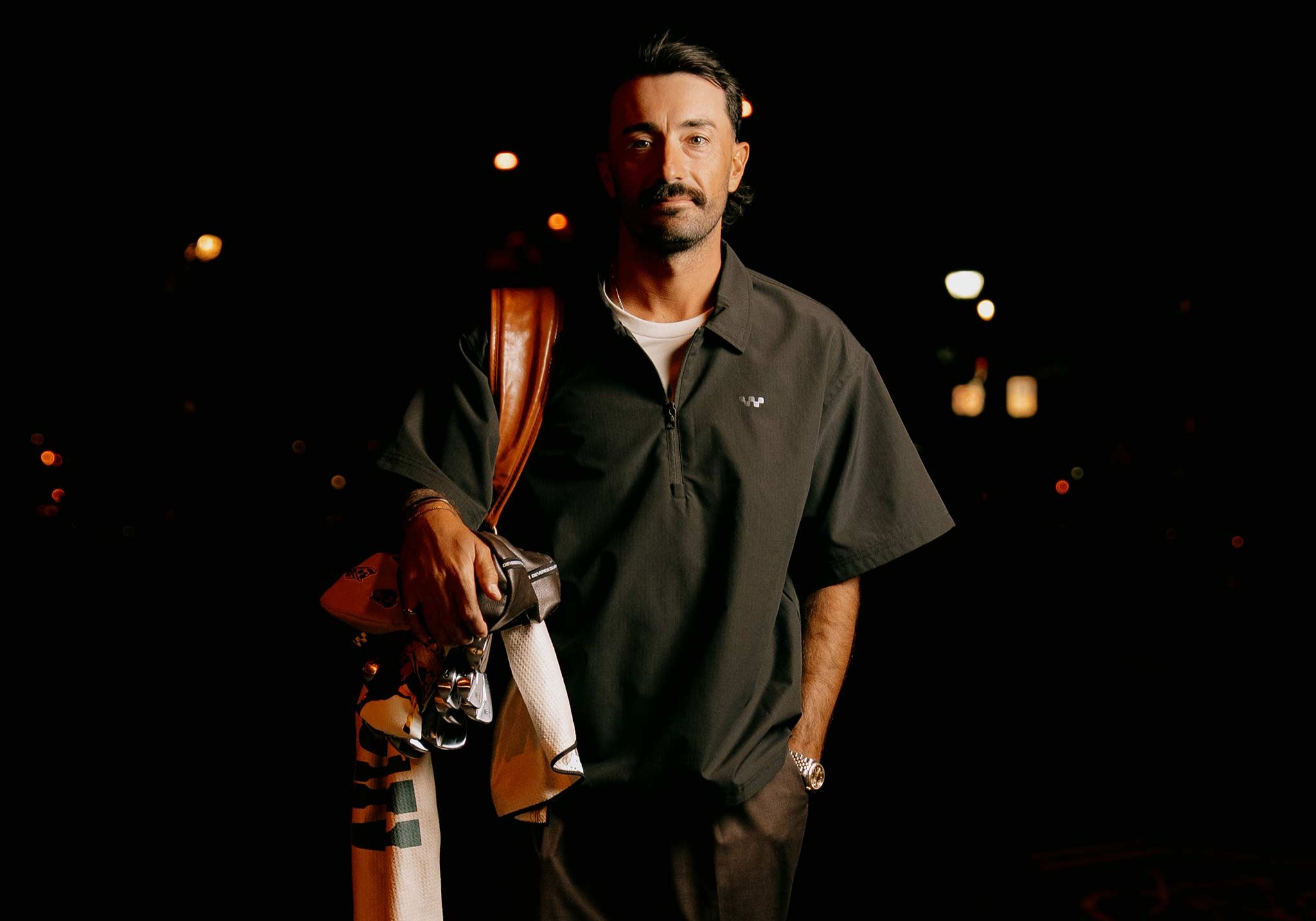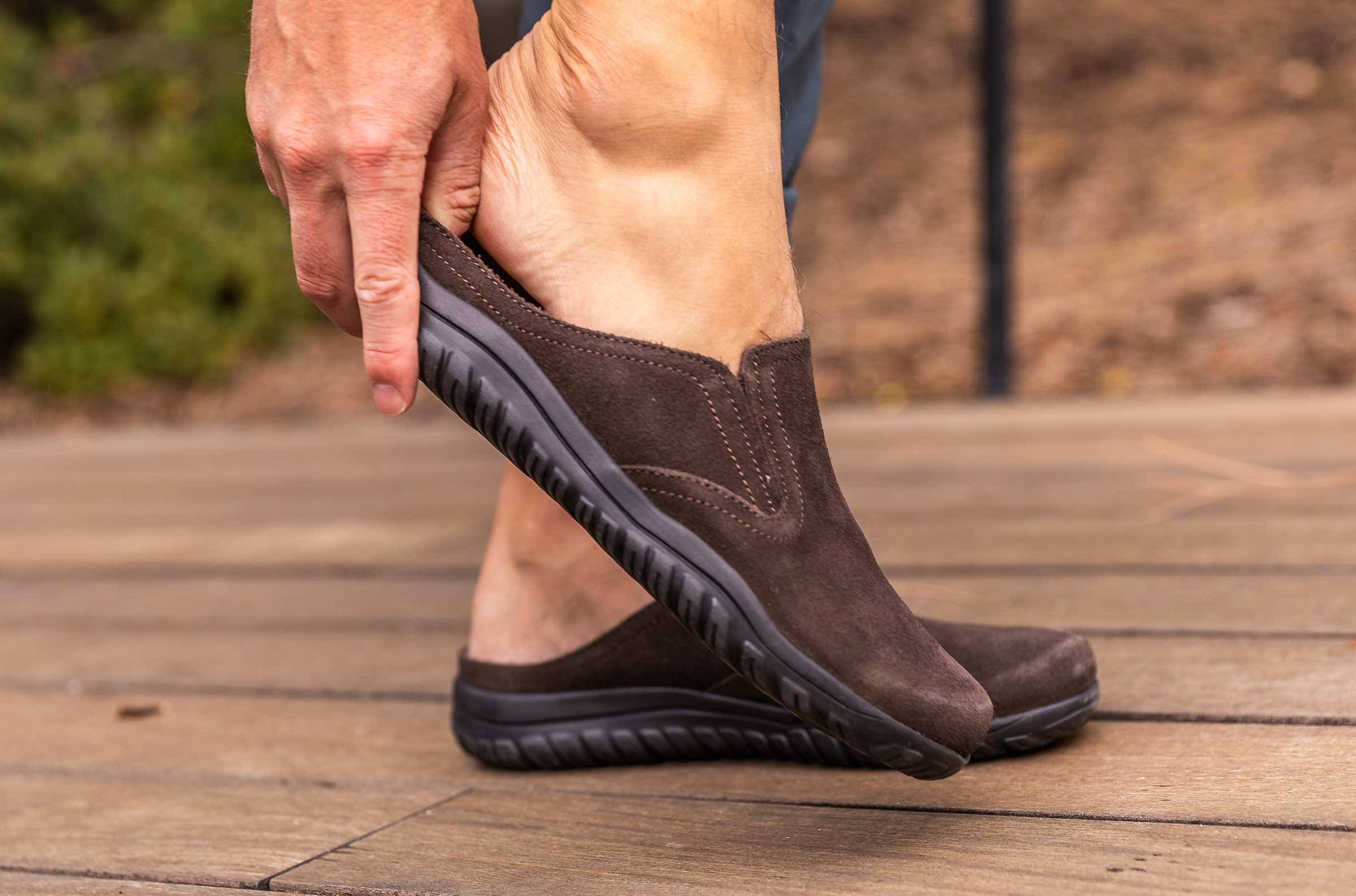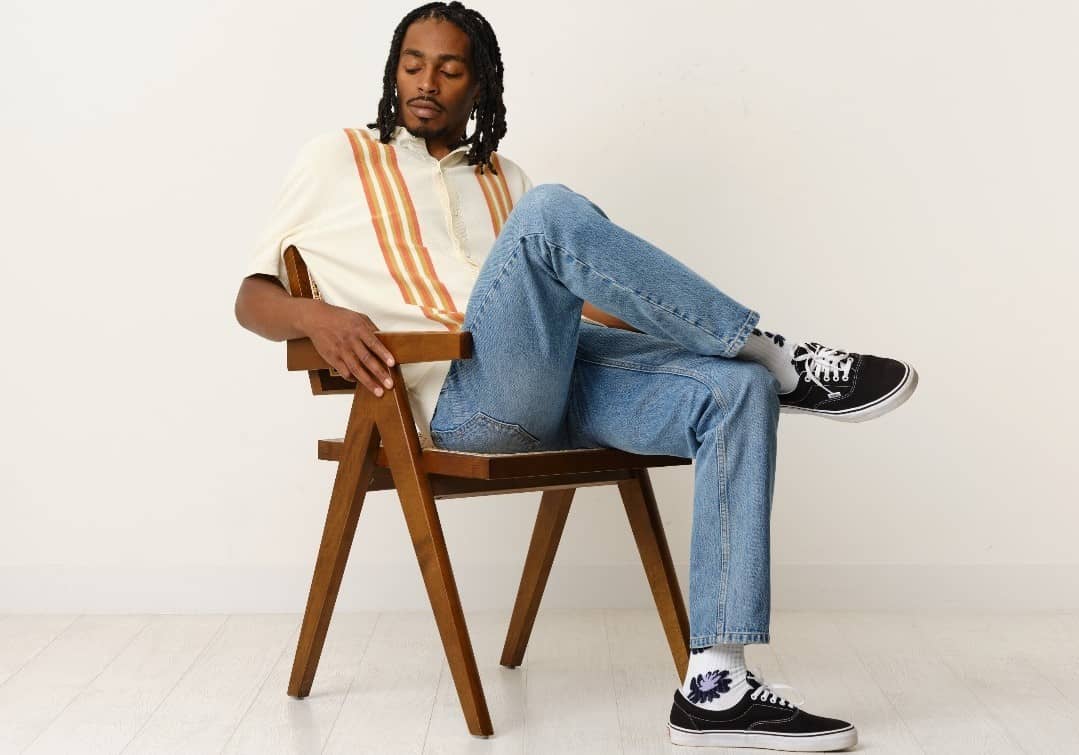The Evolution of Sex Part 3: On the Genetic Superiority of Women
Dec 24, 2025Hoka vs. Russell Moccasin: The $700 Boot That Outlasts Modern Tech
- Aug 14, 2025
- 0 Comments
776
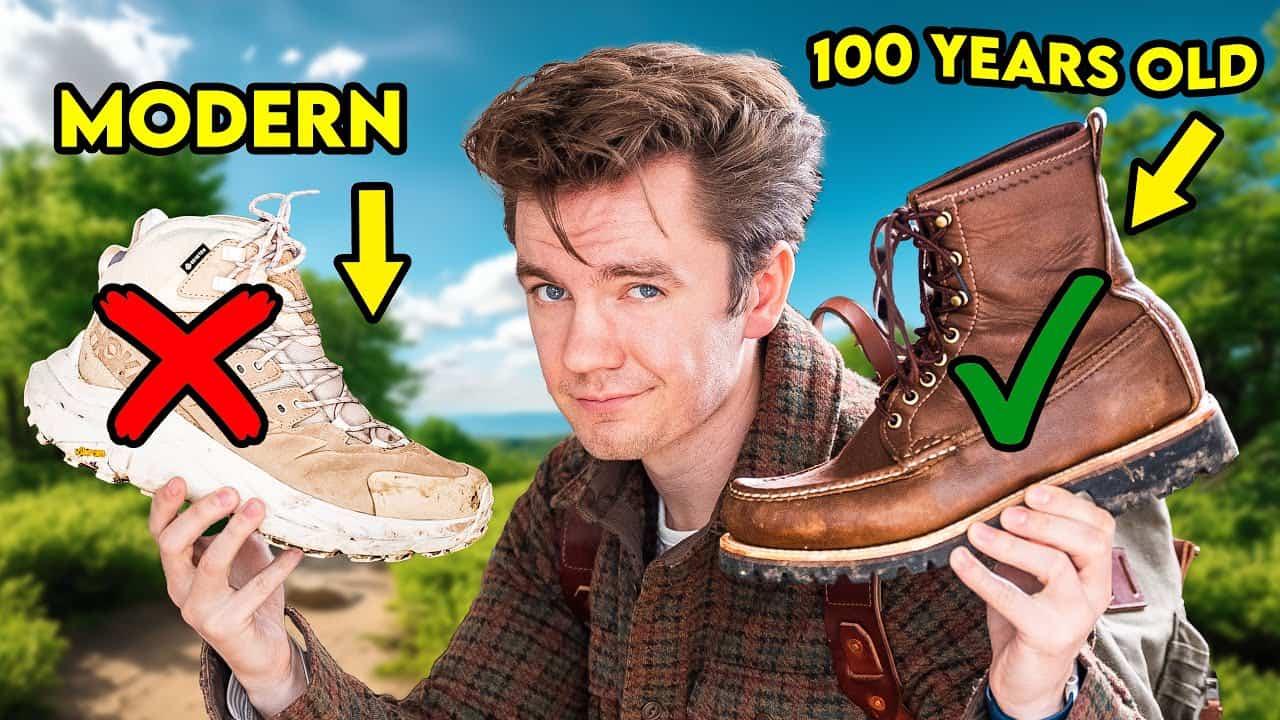
We independently evaluate all recommended products and services. Any products or services put forward appear in no particular order. if you click on links we provide, we may receive compensation.
The Ultimate Boot Battle: Hoka vs. Russell Moccasin
The pinnacle of technology – the bleeding edge of innovation. Hoka sponsors some of the best athletes on the entire planet, and today, it’s going against a boot that hasn’t changed design in 100 years.
Worn by Charles Lindbergh, King Edward VII, President George H.W. Bush, President Dwight D. Eisenhower, General Norman Schwarzkopf, the King of Nepal (one of them anyway), Harrison Ford, and Robert Redford, this is the first boot to ever hike the entire Appalachian Trail. Today, we’re looking at Hoka vs. Russell Moccasin.
Let’s Be Real: My Unbiased Take
I am not biased – I made it sound like I’m biased in the beginning. I actually find both of these boots really cool, but we do have to test them and pit them against each other.
Obviously, I’m going to give you the nitty-gritty details on how the boot actually feels as I’m walking because there’s a very big difference between how Russell Moccasins are supposed to treat the ground when you walk and how Hoka is supposed to treat the ground when you walk.
But also, more specifically, we’re going to get into durability, waterproofness, comfort, lifespan, and finally, why a 100-year-old boot may be all that you ever need.
The Specs: Breaking Down Both Boots
Here is a quick rundown of what you need to know about these two boots: Number one fun fact – the company that owns Hoka also owns Uggs. The Hoka Kaha GTX2 is $240. It was sent to me and is available on Huckberry’s website.
Hoka, if you don’t know, is famous because its shoes have oversized foam soles, an innovation designed to help people run down steep hills and mountains faster. The difference that you feel is crazy. Yeah, it works; we’ll get to that later.
Here’s what you need to know about the Russell Moccasin Backcountry. Number one: I write an entire article explaining exactly how they are made. True moccasin construction – I will mention like 10 times, very, very important.
You should read that article for a complete understanding. They cost $685. They were sent to me by Russell. They are very hard to get your hands on. Thank you to Huckberry and Russell. I clearly couldn’t have written this article without both of your help. These are expensive boots to walk in the water with.
True Moccasin Construction: What Makes Russell Special
Walking with these boots – the whole point of moccasin construction like this, true moccasin construction, which means leather on the bottom, wraps up, and then we don’t really have too many layers between that piece of leather and the ground.
The whole point is that you can feel the ground better when you walk. So, obviously, when you’re walking through the woods, you have a pretty good feel for the terrain. It’s not like these boots are so flexible I can pick up a twig by crunching my toes and handing it to you, but I can definitely feel a lot more than if I was wearing a pair of Goodyear welted boots or something like that.
These boots do feel very comfortable, especially for leather boots. In terms of breathability, it’s leather, so it breathes, but not incredibly well. Abnormally comfortable leather boots are the big selling point of Russell moccasins.
Something that I really appreciate with these leather boots is that there is a foam slip sole that Russell moccasins themselves say hasn’t broken down in 20 years on boots they’ve opened to fix and stuff like that, so you get a little bit more cushion, a little more padding.
I have not worn the Hokas yet, so that will be the big comparison. In terms of how durable these boots are, they can take a beating pretty well. I find it very interesting that Hoka obviously has a lot of models without leather, but the Kaha GTX2s are their most premium boot and are supposed to be the most durable boot, and they say what makes them so durable is a nubuck leather outer. So the Russells are completely leather. It’s thicker leather, and it’s nicer leather.
Really, everything about the leather is nicer. I mean, these are $700 boots, so it’s not something that should be amazing or like a scandal. These obviously take the cake by a mile in the long term. The short term is fascinating, so we need to get into Hoka.
Getting Technical: How These Boots Handle Water
Before we get into Hoka, we have to do my favorite part of the article – the waterproof test. The level of waterproofness that Russell has, and their leather, is because of the true moccasin construction that we talked about before. So the leather wraps up, and no water is going to get in. I mean, kind of, there are still seams and stuff like that.
But there’s that waterproof booty, and the stitch is on the top right of the toe box. So water has to sit on top of that toe box in order to come in, making abnormally water-resistant leather boots.
They get a little damp, obviously, but nothing too bad. I love these Russell moccasin boots. They are fantastic. I’m going to keep them for the rest of my life, but now we enter into the world of modernity.
Hoka Tech Talk: Understanding Swallowtail and Meta Rocker
Hello Hokas! It feels like you’re putting your foot into a computer. Okay, going downhill, you really feel the difference. These boots are going to be a little bit easier than the Russell moccasins because there’s a Gore-Tex booty around them, but you can’t go past that booty.
These boots are a different animal. They are waterproof for all intents and purposes for a very long time because of the Gore-Tex booty. I could stand in the water for a very long time. To be expected, virtually all of the ground feels gone, but it’s a very weird feeling. I obviously can’t feel sticks or rocks that much.
I can feel them a little bit, but it’s like I’m walking not on a very soft cloud or marshmallow but a very firm kind of stale marshmallow that, when you walk, compresses a little bit. It’s a very cool feeling. I like the feeling a lot. I do, however, miss the ground feel a little bit. I feel like it’s disconnecting, but the difference that you feel is insane.
This being Hoka, there are some terms that we need to understand so we can understand how these boots work. The first term is “swallowtail.” Swallowtail is the giant little extra butt, the ridge on the back of the boot. They don’t go straight down.
The reason for that is when you are walking, the swallowtail is supposed to be the first thing that hits the ground before your foot does, softening everything and kind of pushing you forward as you go. And they do say, notice how it splits – that is so you can maneuver, it can flex a little bit as you walk around so it’s not stiff and you don’t tip over.
You don’t notice if you are just walking on a flat surface. If you’re going uphill, you don’t notice it. When you’re going downhill, you notice it right away – you are rolling down the hill, but you still feel stable. It’s very, very cool.
The other term we need to know for Hoka is “meta rocker.” I had a bit of difficulty actually finding what this means. “Hoka’s customary rockered sole works to propel hikers forward heel to toe without engaging the muscles used for lateral stability as much.”
That last part is something we’ll touch on later. I think it’s the stiffness of the actual boot combined with the outsole that rolls you forward essentially without you having to do as much work.
The Durability Debate: Not What You’d Expect
Now, the durability section of Hokas is very interesting because I’m assuming you would think I’m going to dump all over them and say they’re not as durable, they’re not as this, they’re not as that.
That’s actually not what I’m going to say. So the construction of Hokas is interesting because Russell Moccasins are built to last you for a very long time, so you have to use certain materials that will also last a very long time.
The long-term durability of these boots crushes Hokas. Still, when you are wearing the Kaha GTX2s or whatever and you are wearing them in their appropriate lifespan, the durability of these is actually going to be great because all these materials – the recycled polyester, soybean webbing, and everything, the leather outer and abrasion-resistant toe cap and heel and everything like that – are built very well.
They are very durable, but they’re not meant to be durable for 20 to 30 years. So they will break down eventually. These are very nice boots, but they won’t be for a very long time. Russell has them beat there for sure. And don’t get me wrong, I am fully aware I am talking about $240 boots versus $700 boots. One boot of Russell Mocassins is more expensive than both of these Hokas.
Head-to-Head Comparison: Hoka vs. Russell Moccasin at a Glance
| Product | Key Features | Durability | Comfort | Usage |
|---|---|---|---|---|
| Hoka Kaha GTX2 | Oversized foam sole, Gore-Tex, swallowtail, meta rocker | Built for short-term durability with recycled polyester, abrasion-resistant toe cap, and nubuck leather | High cushion, soft “marshmallow-like” feel, great for downhill walking | Designed for hiking and modern terrain |
| Russell Moccasin Backcountry | True moccasin construction, leather sole wraps around foot, foam slip sole | Extremely durable, withstanding decades of wear and repair | Excellent ground feel, comfortable for leather boots | Best for traditional hiking and rugged terrains |
Breaking It Down: The Category Winners
So, really, the true question is: what is the better boot? Is there an answer? Yes, there is an answer, but just to break things down so far:
Waterproofness – who wins? Hoka wins in the beginning. Eventually, Gore-Tex can break down, delaminate, or do whatever. I would say it wins, though. Durability – Russell wins here kind of hands down, but they are closer matched at the beginning of the Hoka’s life, and then they kind of go down when Russell stays the same. Longevity – obviously has to go to Russell. They really don’t compare. Comfort – just base comfort, how squishy and whatever do they feel when you’re walking? Obviously, hands down, it goes to Hoka.
The Real Question: What’s Right for Your Feet?
The biggest question: which one is right for you, and which one is better for your foot? I am friends with many incredible athletes, but two notable ones – Maddie and Sasha. They’re both runners; they both run marathons, and I asked their opinion on barefoot running, mid-cushion running, and super cushion running.
This is a direct quote from Maddie. She says: “I’m so bought in. I was not a believer in the zero drop fad of 10 to 15 years ago, but I’m into the current obsession with Kush.” I think she’s talking about shoes. “I pretty much exclusively run in Hokas these days, and they probably deserve credit for popularizing the mega stack big foot foamy cushion that every brand is offering right now.”
Opposing that, we have Sasha, and Sasha says: “I think, and I’m almost positive it’s been proven, that the way we are trained to run and moved with cushioned shoes tends to cause our form to fight our natural forward movement which means we are expending more energy but going slower and straining our muscles more. Running barefoot or with minimal cushion allows your form to help you pick up momentum.”
My Final Take: Why Not Both?
And finally, my opinion – Michael, who if I run more than five miles, my left knee explodes! With technologies like swallowtail and meta rocker, I think we’re just kind of reinventing the wheel, and where we have muscles and ligaments and things that build up over time that you have to train to get stronger and stuff, we’re saying, “Hey, you don’t have to do that because we’re kind of doing that for you with these shoes.”
That is not to say that the technology in Hokas isn’t amazing and helps people run faster than ever before. I think it’s the Vapor Fly Nikes that were almost too good – they made people go too fast. So even the most well-trained, strong athletes can get a boost from shoes like that.
To be honest, my personal opinion is that I really like them both, and I read one post on a running forum that I liked the best: “Why not use both at different times when you feel like it?” What it meant was you could run in very heavily cushioned shoes, but you should also train with a lower cushion or barefoot running or whatever it may be to keep all of those muscles strengthened over time. And obviously, I’m relating this to hiking in cushion in general, not just randomly talking about running.
So, if I personally had to pick a winner, I would pick Russell moccasins. I love the styling, and I love how they age over time – that’s much more my thing than Hokas – but they both have things that I like.
So it goes back to that post that I read: if there’s something wrong with your feet, Hokas may be the perfect thing that saved your feet, but also, at the same time, I’ve read things where Hoka did not save people’s feet, and flat-footed shoes save people’s feet. So, at that level, you have to get your feet checked out by someone else.
Watch This Review
Gotta Run!
That’s it. That’s it, that’s all I have. Um, I hope you like this article. Thank you all so much!
This article was adapted from Michael Kristy’s video on The Iron Snail, with edits from FashionBeans, and was reviewed by Michael to ensure the integrity of his original content. Watch the full video here.
The Iron Snail is a men’s fashion vlog (and now article series!) starring a young man named Michael and featuring a snail no bigger than a quarter. The two are set on taking over the world of fashion by creating a clothing line to end all clothing lines. Until then, we’re here to tell you EVERYTHING you need to know about the best clothing out there, from the highest quality raw denim jeans to the warmest jackets to the sturdiest boots…the Iron Snail has got you covered.
Publisher: Source link



